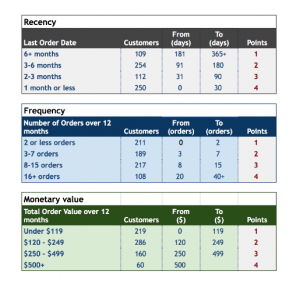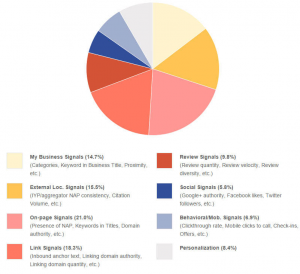
When searching, being specific really helps. When searching for a piece of content or a product via Google, you probably experiment with a variety of search terms until you find a specific phrase that brings up the results you want.
This process gives us some valuable clues about search. It suggests that people don’t just tap a couple of words into Google and hope for the best. They build longer, more complex search queries that give them a better chance of finding the specific product or service they’re after.
That’s the value of the long tail keyword. And if you’re not already using long tail keywords in your web content and articles, you should probably start right away.
What Is a Long Tail Keyword?
Keywords are the backbone of content production and optimisation. If you know anything at all about SEO, you’ll know that keyword research is the foundation of everything else that comes afterwards. Without keywords, there’s nothing to optimise for.
Some SEO professionals concentrate on optimising content for short keyword phrases. The aim of this optimisation is to capture the maximum number of searches for a particular topic. So while a keyword like ‘shoes’ is too broad to be useful, ‘men’s shoes’ or ‘running shoes London’ might be worth optimising for, according to your SEO consultant.
But is it really?
Wouldn’t it be better if we optimised our web content for the things people are actually searching for, even if they’re a bit more obscure? And wouldn’t it be nice to ditch those horrible malformed keywords that look totally unnatural in web content?
Why Optimise For Less Common Keywords?
When creating content, you might assume that optimising for long phrases is pointless. After all, capturing the maximum amount of traffic means being fairly general.
Well – yes and no.
There are a few really big advantages to long tail keywords, and they’re all worth knowing about:
- Long tail keywords are natural. Keyword stuffed content looks robotic and weird. Long tail keywords are the keywords normal people come up with using their human brain. If we want to target humans, we need to write content for humans, and therefore use keywords humans use.
- Long tail phrases are much, much easier to incorporate into good content. You can weave long tail keywords into copy almost invisibly; they’re unobtrusive most of the time. Longtail is much closer to the way humans naturally speak, think and write.
- These keywords are extremely focused on a niche. When we write long tail keywords into web content, we’re creating a piece of content for a very specific audience. We know that, if our audience finds that content, they are very likely to be interested in it. They’re more valuable to us than a casual searcher; volume of traffic isn’t any guarantee of a sale. (For Red Robot Media, ‘web content writers’ is okay as a keyword, but ‘technical web content writers in the UK’ is much better. Both are valid keywords for our site, but the second tells us much more about the searcher’s intentions.)
- Long tail phrases correlate nicely with the kinds of searches people perform using voice recognition software. Think about the value of Google Now and the new Touchless Control feature on the Moto X. We may as well start optimising for voice now, because it’s on the horizon.
To summarise: as a content writer, I’m a big fan of any technique that makes content easier to read, more informative and less mechanical. Long tail keywords tick all of the boxes. And according to Moz, long tail keywords make up 70 percent of searches. If you can tap into your niche, your web content and articles will attract a lot of highly relevant traffic.
How To Research Long Tail Keywords
Long tail keywords are real keywords generated by real people. As such, they’re surprisingly easy to formulate. The more you can pin down your customer’s needs, the more likely you are to lead to a conversion, even if you don’t attract thousands of extra hits.
Assuming you already have a website, and it’s gathering data via some kind of analytics tool (we like Statcounter), some of your longtail keyword research will have been done for you already. Check your referral data; look for keywords relevant to your business. The longer and more specific, the better.
If you don’t have enough data in your analytics package yet, you can still use long tail keywords. You’ll just need to do a little extra leg work. Many of the long tail keyword research tools we’ve found are not free, and I’d hesitate to recommend any that I haven’t used myself. However, there are some free longtail keyword research sites that are worth looking up.
- Ubersuggest compiles data from Google’s autosuggestions and gives you lots of extra inspiration. Don’t rely on it as a source of high volume searches: that’s not what we’re trying to achieve.
- Soovle is a rather strange long tail keyword generator. It’s a little messy to use, but it’s speedy and fun.
- Ask your web content writer to help you brainstorm some long tail keywords. An experienced content writer should always help you to come up with long tail ideas based on their own preferred tools and experience.
Long Tail Love
Have you been using long tail keywords? Is your content attracting more relevant hits? Let us know in the comments.
Digital & Social Articles on Business 2 Community
(342)
Report Post







